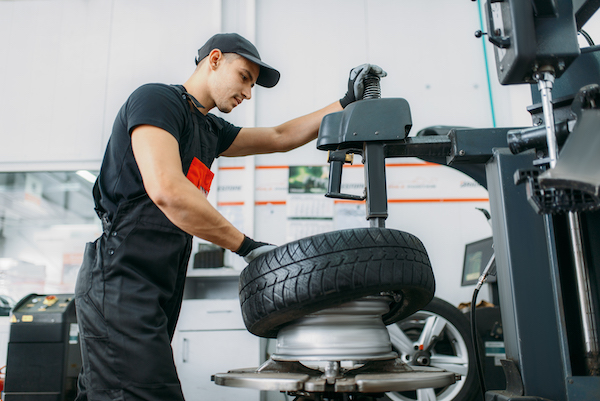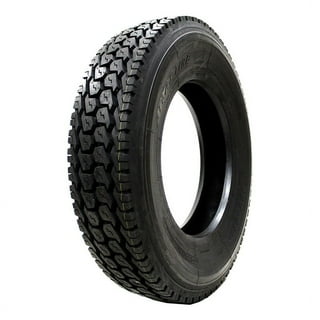Morris Tire and Alignment: Your Relied On Resource for Reliable Service
Morris Tire and Alignment: Your Relied On Resource for Reliable Service
Blog Article
Tire Service: Understanding Tire Stress Surveillance Equipments
Understanding Tire Pressure Monitoring Equipments (TPMS) is a crucial aspect of preserving optimum automobile performance and security on the roadway. With advancements in auto innovation, TPMS has come to be a typical feature in modern vehicles, offering real-time details on tire pressure levels.

Value of TPMS
The significance of Tire Stress Tracking Systems (TPMS) hinges on their capability to improve car security and performance via real-time surveillance of tire stress levels. Maintaining the appropriate tire pressure is essential for making sure ideal handling, braking, and overall safety and security of a car. TPMS gives chauffeurs with prompt responses on any kind of overinflated or underinflated tires, permitting timely modifications to be made.
Elements of TPMS
Sensing units are generally situated in the tire valve stem or attached to the wheel setting up, where they measure tire stress and transfer data to the control component. Some advanced TPMS versions likewise show the real tire pressure readings for each tire, providing vehicle drivers with real-time info to guarantee ideal tire performance and safety and security. By keeping an eye on tire stress continuously, TPMS assists prevent mishaps, reduces tire wear, and boosts fuel effectiveness, making it a vital part for vehicle safety and security and performance. tires morris il.
Types of TPMS

On the other hand, indirect TPMS counts on the automobile's wheel speed sensors to keep an eye on tire stress. This system identifies underinflation by comparing the rotational rates of the wheels. Indirect TPMS is less costly than direct TPMS, as it makes use of existing sensing units within the lorry.
While direct TPMS supplies extra precise analyses, indirect TPMS is easier in style and usually calls for much less maintenance. Both systems have their restrictions and benefits, and the option in between them typically depends on factors such as expense, car make, and personal choice. Understanding the differences between these two kinds of TPMS can aid car owners make notified choices pertaining to tire maintenance and safety and security.
TPMS Upkeep Tips
Conduct routine checks on the tire stress degrees and compare them with the TPMS hop over to here readings to guarantee they are regular. Throughout tire turning or substitute, make sure that the TPMS parts are handled very carefully to prevent any type of prospective damage. Recommended Site If the TPMS advising light brightens on the dashboard, deal with the problem promptly by examining the tire pressures and the total system for any type of faults.
Benefits of Appropriate Tire Pressure
Keeping correct tire stress, as highlighted in TPMS Upkeep Tips, is critical for enjoying the various advantages linked with ideal tire pressure levels. One of the key benefits of maintaining the right tire stress is improved gas performance. When tires are effectively blown up, there is less moving resistance, causing much better gas economic climate. Furthermore, correct tire stress ensures even tire wear, extending the life-span of the tires and promoting much safer driving conditions. With the right tire pressure, vehicles additionally have better handling and traction, particularly in damaging weather. This can enhance total driving performance and safety and security for the driver and travelers. Additionally, keeping ideal tire stress can add to a smoother and extra comfy trip by reducing resonances and noise triggered by underinflated tires. In verdict, the benefits of proper tire stress go beyond simply tire long life; description they incorporate boosted gas performance, boosted safety, much better vehicle performance, and overall driving comfort.
Conclusion
In verdict, recognizing tire stress monitoring systems (TPMS) is important for preserving optimal tire pressure and making sure vehicle safety. By recognizing the relevance of TPMS, recognizing with its parts, recognizing the different kinds readily available, sticking to correct upkeep suggestions, and realizing the advantages of keeping appropriate tire stress, chauffeurs can improve their driving experience and lengthen the life expectancy of their tires. Appropriate tire stress is vital to safe and effective vehicle procedure.

Report this page